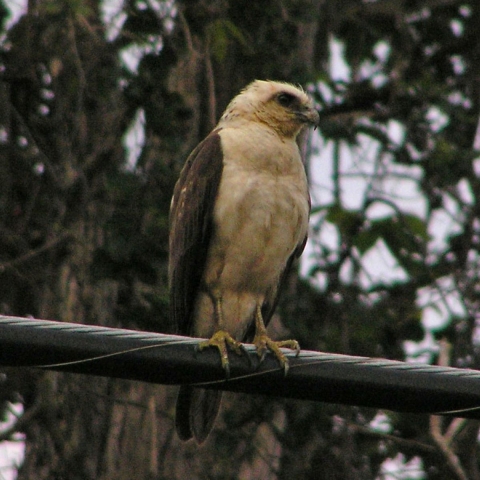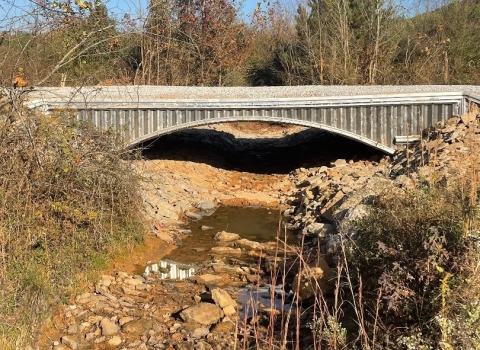She goes by the name of “Wahine.” It’s the native Hawaiian word for “Little Girl.” She’s a beautiful Hawaiian Hawk and the first-ever to be hatched in captivity. She cracked through her shell at SIA, the Comanche Nation Ethno-Ornithological Initiative, in Cyril, Oklahoma, in 2016.
The Hawaiian Hawk is an endangered species and native only to its namesake state. There, among the Native people, the bird is known as “‘io” which closely emulates its voluble call: eeeh-oohh.
Wahine’s parents were among several pairs brought to the mainland from Hawaii in 1997 to breed them in captivity. The learning curve was steep with this understudied bird. Over time the birds perished, having lived out their natural lives. The adult pair in Oklahoma is the last of those captive adults, and arrived at SIA in 2015. A year later, the pair hatched a single egg.
The Hawaiian Hawk is among a group of species known as “buteos,” that is, hawks with broad wings and broad tails—body-forms made for soaring on rising warm air with less effort.
The 21-year-old parents show signs of re-nesting in a natural breeding chamber and who knows, Wahine may have a sibling. Wahine may serve as a foster parent at the facility in the future. Studying these rare captive hawks advances our scientific knowledge, and may also benefit the species in the wild, long term.
The SIA Comanche aviary is one of six Tribal Eagle Aviaries in the Southwest Region. SIA established the first Tribal Feather Repository in the United States. It is now one of two Non-Eagle Feather Repositories that provide a reliable and legal source of feathers and bird parts for religious use among the diverse Native American community across the country. The Comanche Nation and SIA are authorized under the Migratory Bird Act, administered by the U.S. Fish and Wildlife Service. Visit SIA online. ( www.comancheeagle.org )




